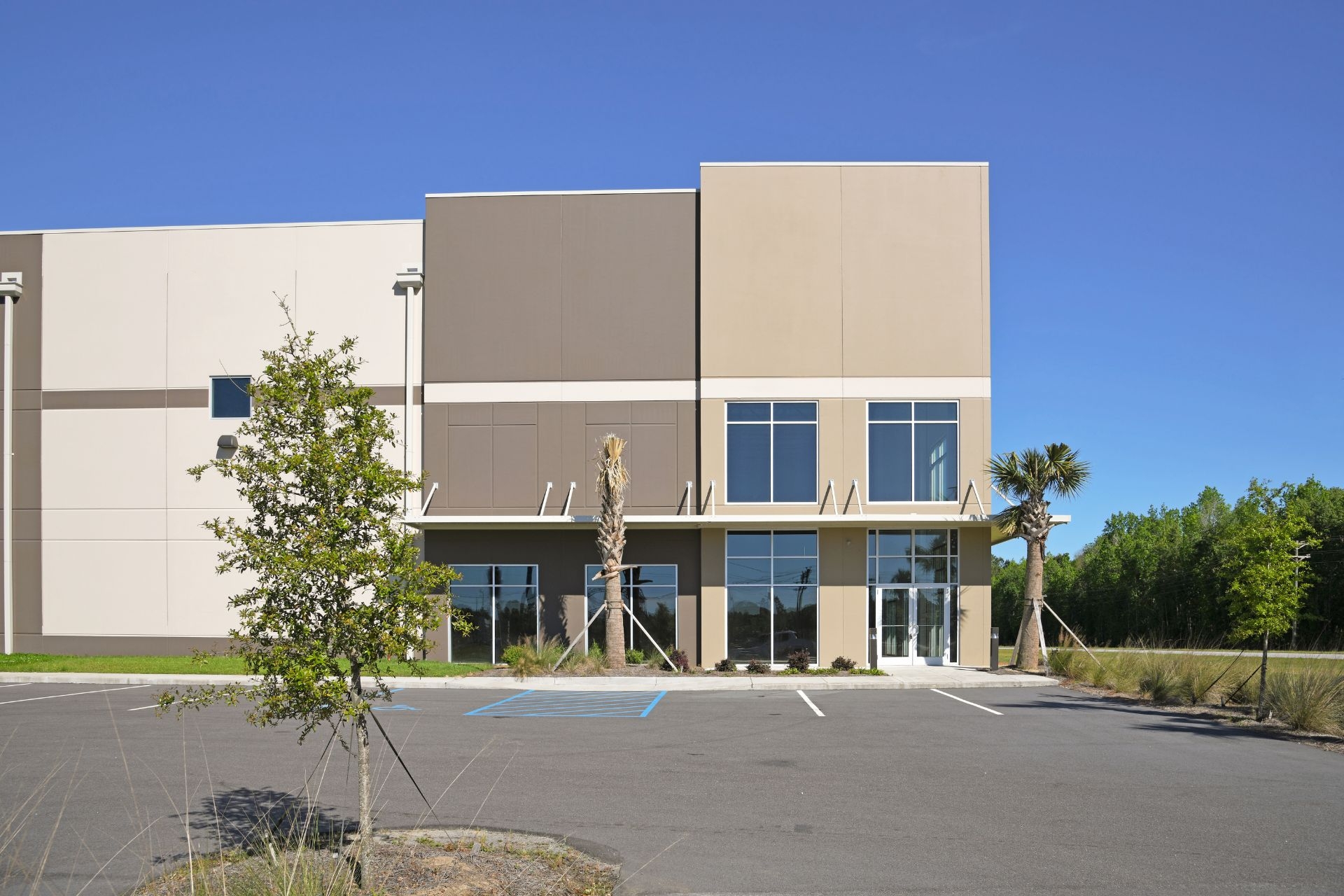Time-Frequency Analysis
How does the Short-Time Fourier Transform differ from the Continuous Fourier Transform in time-frequency analysis?
The Short-Time Fourier Transform (STFT) differs from the Continuous Fourier Transform (CFT) in time-frequency analysis by providing a localized view of the frequency content of a signal over time. Unlike the CFT, which gives a global frequency representation of the entire signal, the STFT breaks down the signal into short segments and computes the Fourier Transform for each segment. This allows for the analysis of how the frequency components of the signal change over time, providing a more detailed time-frequency representation.



